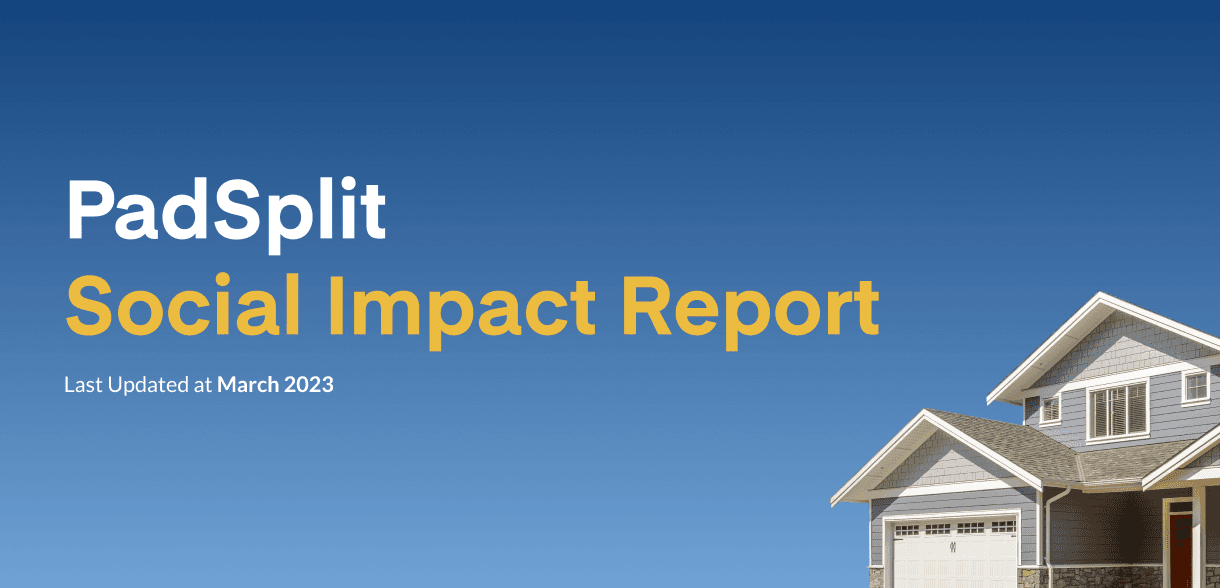Is going to college or trade school one of your personal goals? Are you putting it off because you’re worried about the cost of it all? If so, you’re not alone.
The cost of tuition can range anywhere from a few to several thousand dollars a year. That doesn’t include books or living expenses. Some people take out massive student loans to cover their education and spend years paying off debt. Others put off pursuing their dreams of higher education. But it doesn’t have to be like this. You can get money for college or trade school that you don’t have to pay back – that’s FREE money. It’s true! Here’s a rundown of three types of financial aid for college or trade school that aren’t loans.
Financial Aid You Don’t Have to Pay Back
1. Grants
A grant is money that is awarded based on financial need or merit and does not need to be repaid. Grants may come from the federal government, state government, school, or a non-profit organization. Awards are based on income and expected contribution towards tuition. Federal grants are the most well-known. There are four types of federal grants available for students:
- Federal Pell Grants
- Federal Supplemental Educational Opportunity Grants (FSEOG)
- Iraq and Afghanistan Service Grants
- Teacher Education Assistance for College and Higher Education (TEACH) Grants
The Pell Grant is the one most people think of when they think of federal grants. It can be used towards a first-time degree or trade school. The maximum award for the 2019-2020 school year is $6,195. Schedule a meeting with your school’s financial aid office to learn more about the grants available to you.
2. Scholarships
Scholarships are considered financial gifts and do not need to be repaid. There are thousands of scholarships available to students from all walks of life. Scholarships may be offered by schools, employers, individuals, private companies, communities, churches, non-profit organizations, and professional or social organizations. Like grants, scholarships maybe need or merit-based. Scholarships can vary from a one-time award of a couple of hundred dollars to covering the full cost of your tuition. The United States Department of Labor Free Scholarship Search Tool is a great place to find and apply for available scholarships. Schedule a meeting with your school’s financial aid office to learn more about the scholarships available to you.
3. Work-Study Programs
A work-study program is another type of financial aid you don’t have to pay back. It’s a way to earn money through a part-time, typically on-campus job, to pay for school. Unlike grants or scholarships, you must work to earn the money awarded to you in a work-study program. As a result, the money is paid to you in the form of a paycheck rather than directly to your school. You may use this money towards tuition, books, or living expenses. A work-study is not only a way to get money for college, but it’s also a great way to gain valuable work experience while earning your education. This work experience will come in handy when you begin applying for jobs close to graduation. Schedule a meeting with your school’s financial aid office to learn more about their work-study program.
How to Apply for Financial Aid
Before you can apply for financial aid, you must have already been accepted to a college or trade school. You can’t apply before then because awards are based on your unique financial situation, the cost of tuition for your program, and the remaining aid available at your school.
- Complete and submit the Free Application for Student Financial Aid (FAFSA) by your school or State’s deadlines. You can get information about deadlines from your college or trade school’s financial aid office.
- Awards are given on a first-come, first-served basis. So, submit your FAFSA as soon as possible. It’s what the federal and state governments use to make aid determinations.
- After your FAFSA is reviewed and processed, you will receive financial aid offers from your college or trade school. This includes information about grants, scholarships, work-study, and student loans.
Don’t let the cost keep you from pursuing your dreams. Use this information to talk to your school’s financial aid office. They will look at your unique financial situation and work to get you the most aid possible.


